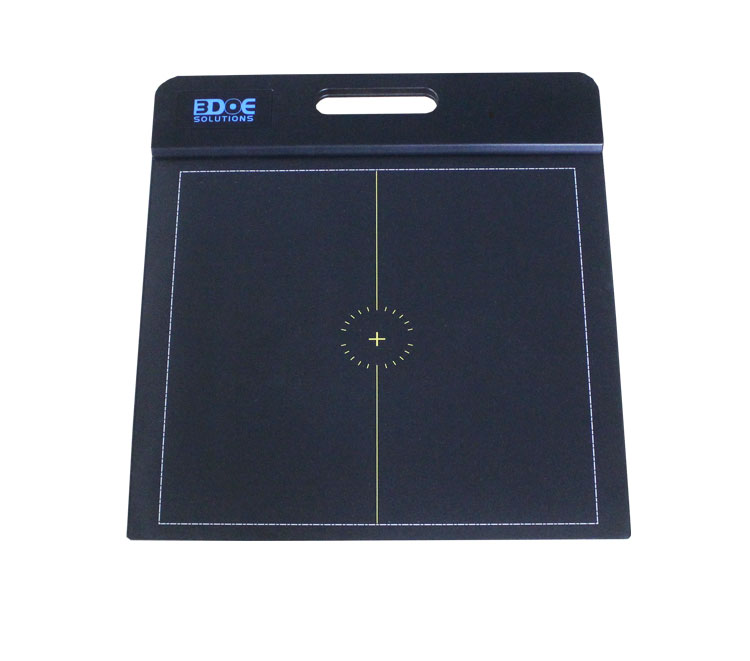
Tel :0755-86131192 86180201
Fax :0755-86180213
E-mail: info@3doe.com
Website: www.3doe.com
Address: 3A05, Minzhi Chamber of Commerce Building, Minzhi Avenue, Longhua District, Shenzhen
Are you here: Home > News > Industry NewsIndustry News
The principle and function of plantar pressure sensor
Time:2025-02-17 13:59:14Source:深圳市精易迅科技有限公司Views:790
Plantar pressure sensor is a high-precision sensor used to measure the stress conditions in different areas of the sole of the foot. It is widely used in medical rehabilitation, sports science, orthopedic insole design and gait analysis.
Plant pressure distribution system
1. Working principle of plantar pressure sensor
The core principle of plantar pressure sensor is pressure detection. It mainly relies on capacitive, piezoresistive or piezoelectric sensing technology to measure the contact pressure changes between the sole of the foot and the ground, and converts these pressure signals into analyzable data.
(1) Pressure detection method
① Piezoresistive sensor
Principle: Under pressure, the resistance of the conductive polymer or metal film inside the sensor changes, and the resistance value is inversely proportional to the pressure.
Features: Low cost, fast response speed, suitable for dynamic gait analysis.
Application: Widely used in plantar pressure insoles and gait test systems.
② Capacitive sensor
Principle: Under pressure, the electrode spacing of the sensor changes, resulting in a change in capacitance. The system calculates the pressure value through the change in capacitance.
Features: high precision, good stability, suitable for precise plantar biomechanics research.
Application: medical plantar pressure testing, high-end sports science analysis.

③ Piezoelectric Sensor
Principle: When pressure acts on the sensor, the piezoelectric material (such as quartz, PVDF) generates a charge signal, and the amount of charge is proportional to the applied pressure.
Features: strong dynamic response capability, suitable for high-frequency gait research, such as running gait analysis.
Application: sports science, plantar injury research, rehabilitation training evaluation.
(2) Data transmission and analysis
The pressure data collected by the sensor is transmitted to a computer or mobile device via **wired (USB) or wireless (Bluetooth, Wi-Fi), and processed by gait analysis software to generate plantar pressure heat map, center of gravity trajectory, gait cycle and other data.
2. The main functions of plantar pressure sensors
(1) Plantar pressure distribution analysis
Monitor the pressure distribution in different areas of the sole when standing or walking
Evaluate arch types, such as flat feet and high arches
Discover abnormal stress areas in the foot and prevent plantar ulcers (such as diabetic foot)
(2) Gait analysis and gait correction
Record gait characteristics such as gait cycle, step length, and step frequency
Evaluate abnormal gait, such as inversion and valgus, and gait asymmetry
Provide gait correction solutions, such as customized orthopedic insoles and orthopedic shoes
(3) Sports injury assessment and prevention
Monitor the force pattern of athletes' soles when running and optimize training methods
Evaluate the risk of sports injuries, such as Achilles tendonitis and plantar fasciitis
Design personalized sports insoles to improve cushioning and support
(4) Medical rehabilitation and orthopedic device customization
Evaluate gait changes in patients with neurological diseases (such as stroke and Parkinson's disease)
Help postoperative rehabilitation patients monitor gait recovery progress
Customize 3D printed orthopedic insoles to improve plantar pressure distribution
(5) Fall risk assessment for the elderly
Monitor the balance ability of the elderly and analyze gait stability
Predict the risk of falling and provide gait training suggestions
Combined with gait training, improve the walking safety of the elderly
3. Application areas of plantar pressure sensors
Medical rehabilitation: evaluate gait abnormalities and assist postoperative rehabilitation training
Foot disease diagnosis: identify problems such as diabetic foot, hallux valgus, plantar fasciitis, etc.
Sports science: optimize sports gait and reduce the risk of sports injuries
Orthopedic insole design: provide personalized plantar support solutions
Elderly health management: predict the risk of falling and improve walking stability
Plare pressure sensors measure the pressure distribution of the sole of the foot through piezoresistive, capacitive or piezoelectric technology, and convert the data into gait analysis information.
It plays an important role in medical rehabilitation, gait correction, sports science and customization of orthopedic devices.
It can effectively help diagnose foot diseases, prevent sports injuries and optimize gait, and provide accurate data support for personalized medical care and sports training.




